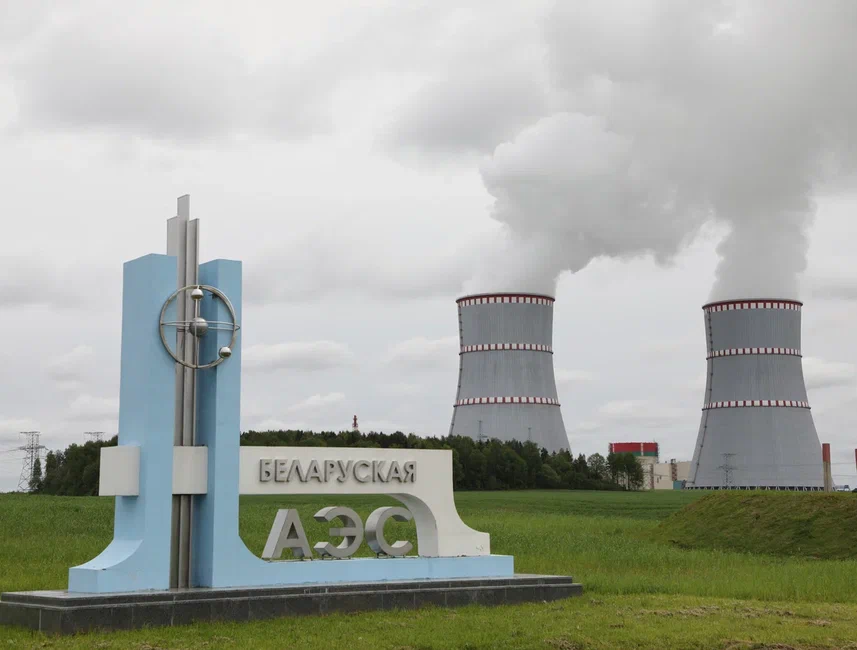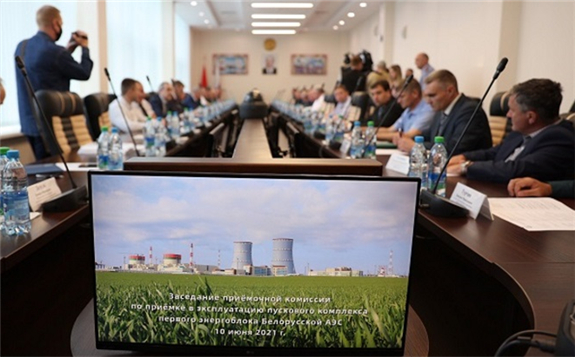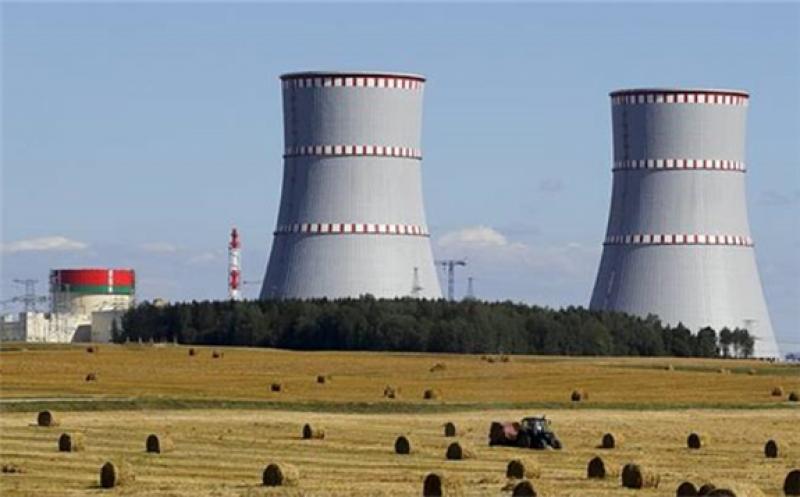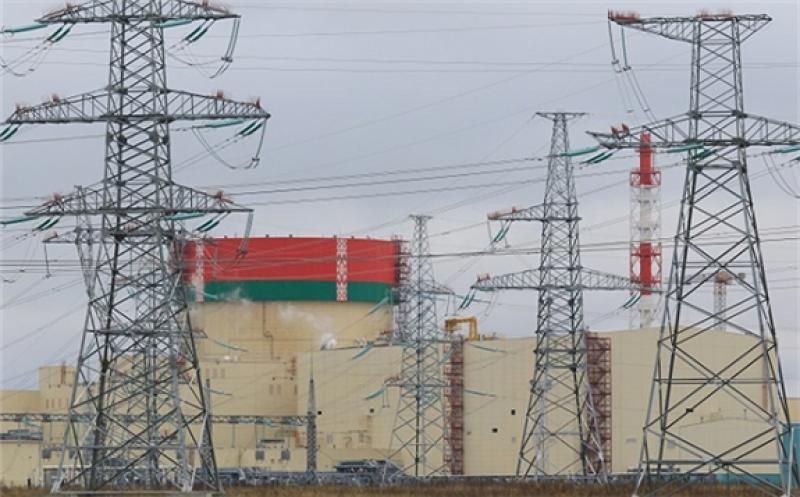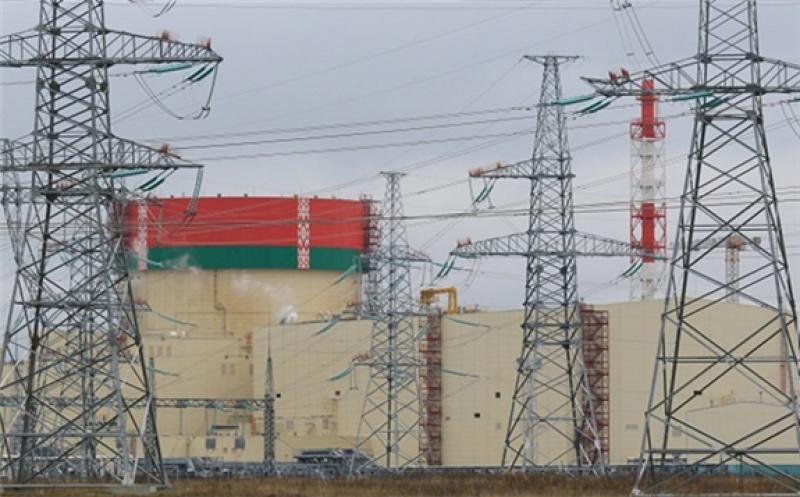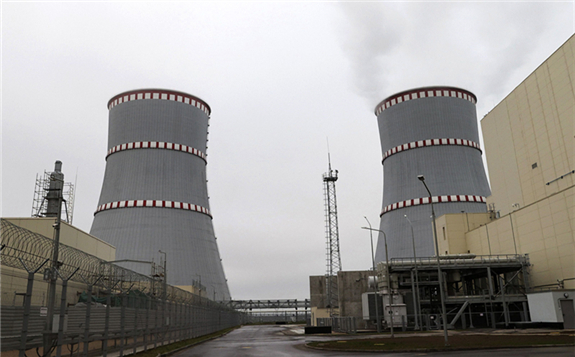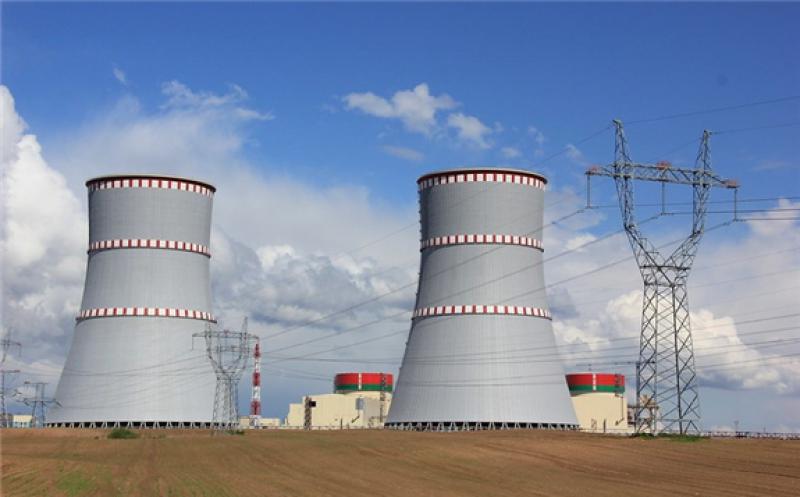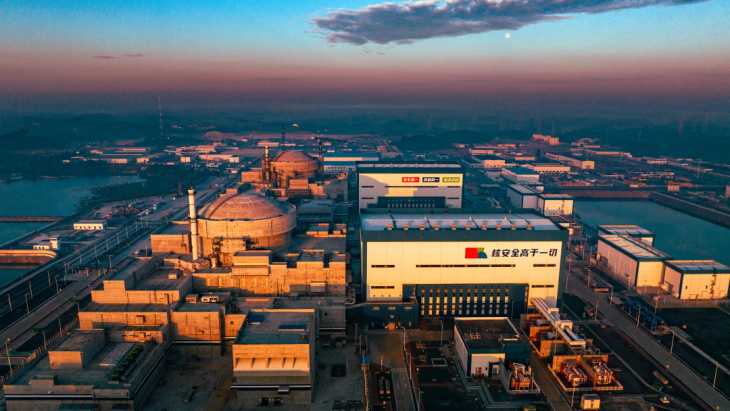
Obtaining the licence is "an important step towards high-quality production and commercial operation", China General Nuclear (CGN) said, adding that the loading of fuel into the 1180 MWe (gross) pressurised water reactor's core "is about to start".
First concrete was poured for the nuclear island of unit 3 - 39% owned by Guangxi Investment Group and 61% by CGN - in December 2015, while that for unit 4 was poured a year later. Unit 3 was originally expected to start up in 2019, with unit 4 scheduled to start up in 2020. Both their start-ups were subsequently postponed until 2022.
In January 2022, CGN announced that the start-up of Fangchenggang 3 and 4 had been put back again due to delays caused by the COVID-19 pandemic. Unit 3 achieved first criticality - a sustained chain reaction - on 27 December 2022 and was synchronised with the grid on 10 January 2023. It entered commercial operation on 25 March.
Hot functional testing of unit 4 began on 25 September last year. These tests involve increasing the temperature of the reactor coolant system and carrying out comprehensive tests to ensure that coolant circuits and safety systems are operating as they should. Carried out before the loading of nuclear fuel, such testing simulates the thermal working conditions of the power plant and verifies that nuclear island and conventional equipment and systems meet design requirements.
CGN has confirmed that unit 4 is expected to be put into operation in the first half of this year.
The Fangchenggang plant is planned to house six reactors. The first phase comprises two CPR-1000 units which were put into commercial operation in 2016.
The first two units of China National Nuclear Corporation's version of the Hualong One design at the Fuqing plant in Fujian province have both already started up. Unit 5 entered commercial operation on 30 January 2021, with unit 6 following on 25 March 2022.
